Samsung Galaxy S25 Edge vs iPhone 16: two tech titans compared
How does the base iPhone compare to the slimmest Samsung?
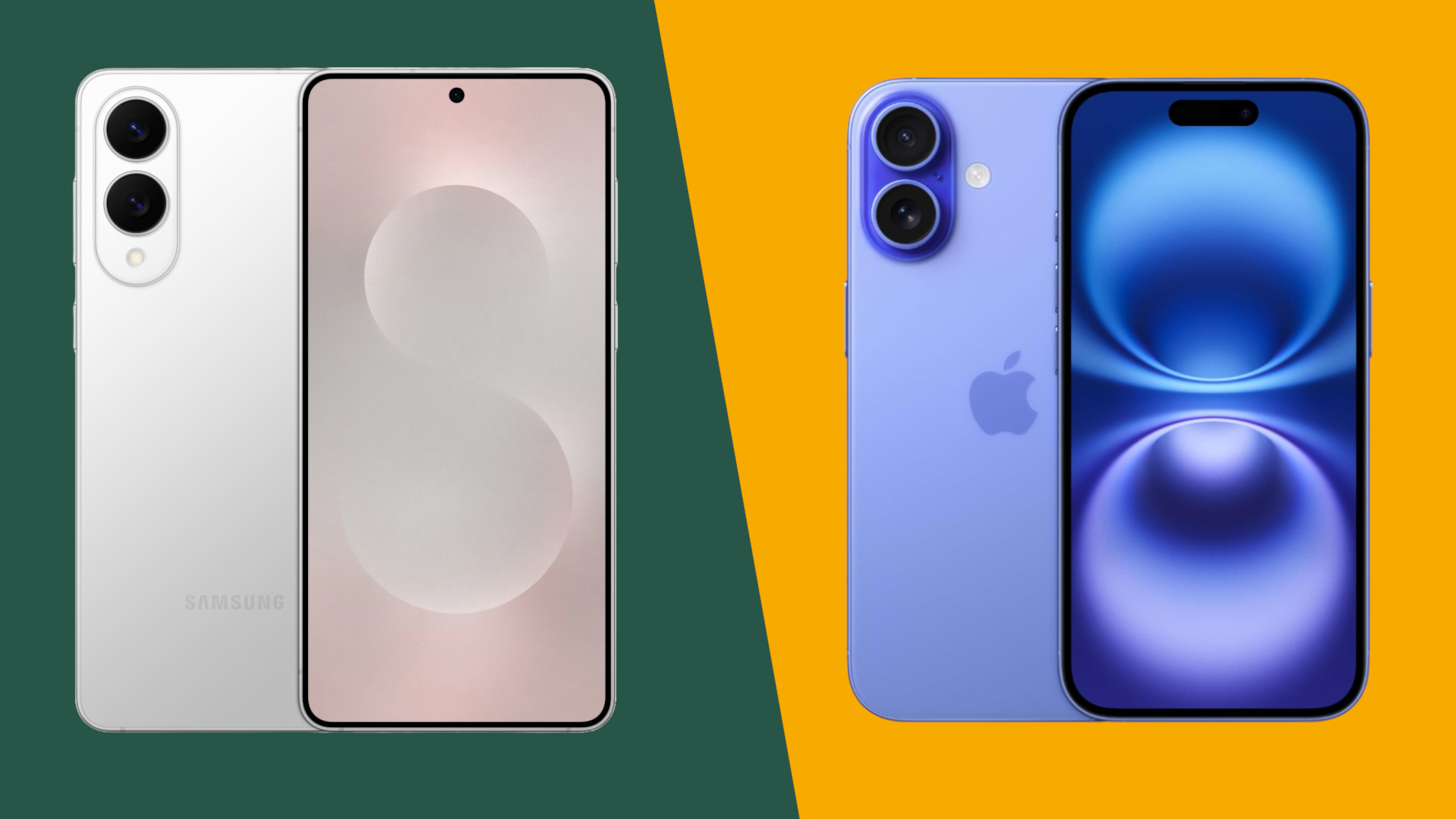
Samsung and Apple are two of the biggest players in the smartphone space, and if you’re choosing between iOS and Android then on the Android side there’s a high chance it’s really just Samsung that you’re looking at. In which case, there’s a new model for your consideration.
We’re talking of course about the Samsung Galaxy S25 Edge, which if anything is even higher end than the base iPhone 16, and while these two phones have some similarities, they’re actually seemingly aimed at quite different buyers.
Below, you’ll find a closer look at how these two phones compare, and which one is likely to be a better fit for you based on your preferences.
Samsung Galaxy S25 Edge vs iPhone 16: specs comparison
The chart below gives you just a quick look at the key specs on these two phones, so you can see how their screens, chipsets, cameras, and other factors compare. Underneath the chart though, we’ll take a much closer look at all that.
| Header Cell - Column 0 | Samsung Galaxy S25 Edge | Apple iPhone 16 |
|---|---|---|
Dimensions: | 158.2 x 75.6 x 5.8mm | 147.6 x 71.6 x 7.8mm |
Weight: | 163g | 170g |
Display: | 6.7-inch AMOLED | 6.1-inch OLED |
Resolution: | 1440 x 3120 | 1179 x 2556 |
Refresh rate: | 120Hz | 60Hz |
Chipset: | Snapdragon 8 Elite | Apple A18 |
Rear cameras: | 200MP wide, 12MP ultra-wide | 48MP wide, 12MP ultra-wide |
Front camera: | 12MP | 12MP |
RAM: | 12GB | 8GB |
Storage: | 256GB / 512GB | 128GB / 256GB / 512GB |
Battery: | 3,900mAh | 3,561mAh |
Charging: | 25W wired, 15W wireless | 20W wired, 25W wireless |
Samsung Galaxy S25 Edge vs iPhone 16: price and availability
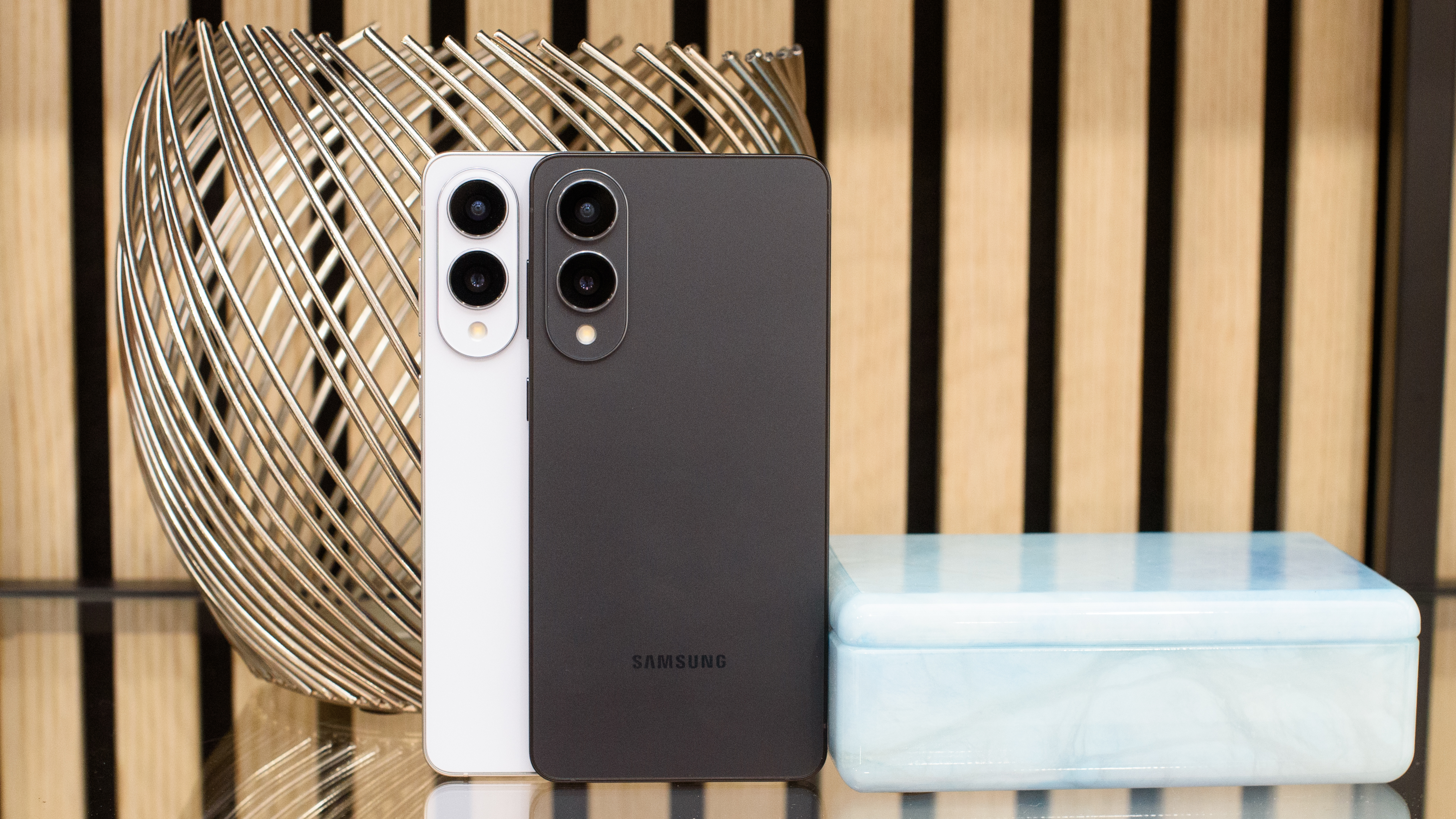
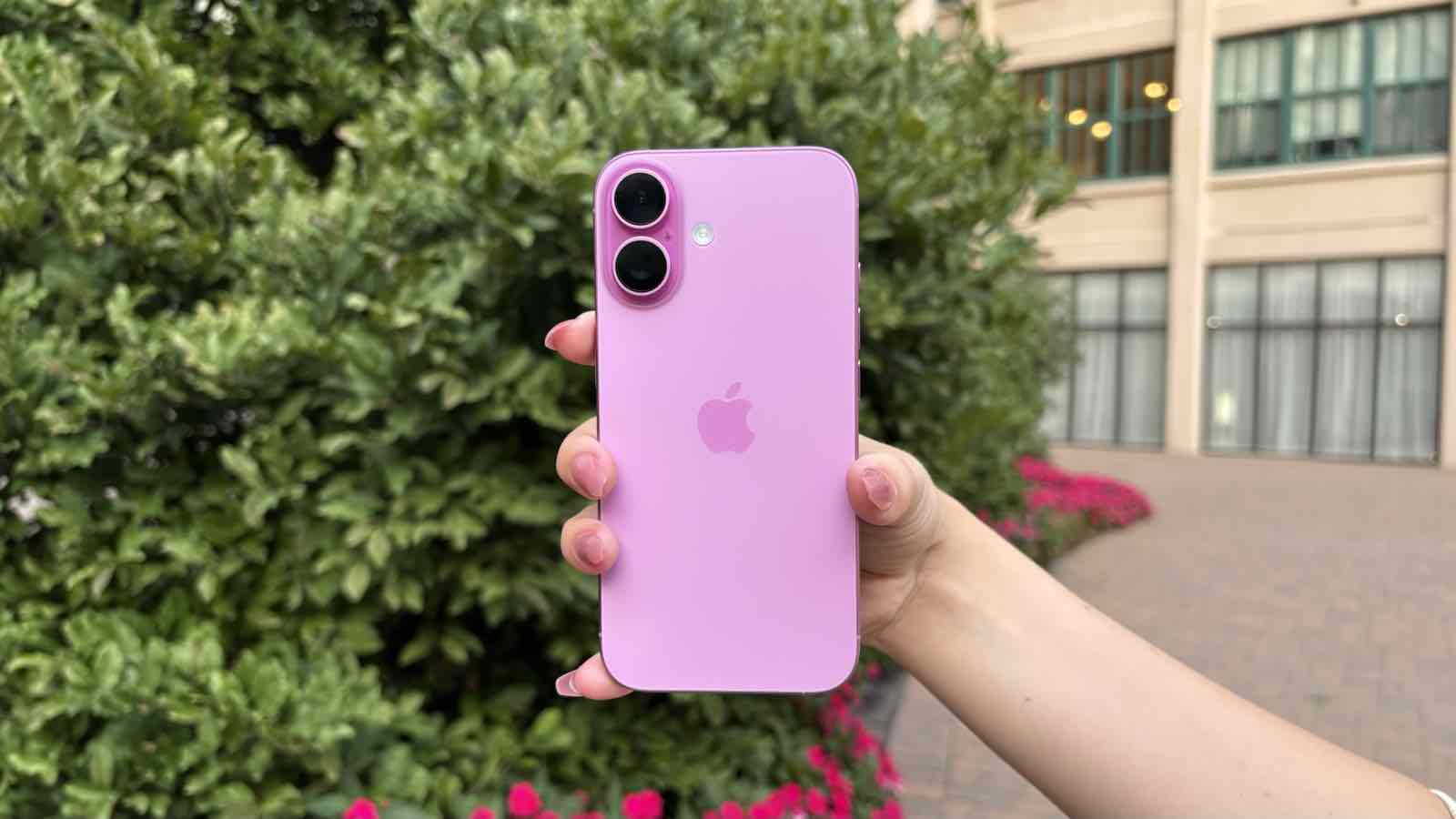
The Samsung Galaxy S25 Edge will ship on May 30, having been announced earlier in May. The iPhone 16 meanwhile launched in September of last year (2024) and it’s available globally.
For price, you’re looking at a starting price of $1,099 / £1,099 / AU$1,849 for the Samsung Galaxy S25 Edge. That’s for a model with 256GB of storage and 12GB of RAM, but for 512GB of storage and 12GB of RAM it’s $1,219 / £1,199 / AU$2,049.
The iPhone 16 is available in more configurations. It starts at $799 / £799 / AU$1,399 for 128GB of storage, rising to $899 / £899 / AU$1,599 for 256GB of storage, and $1,099 / £1,099 / AU$1,949 for 512GB of storage. In all cases that's with 8GB of RAM.
Sign up for breaking news, reviews, opinion, top tech deals, and more.
So the starting price of the Galaxy S25 Edge is $300 / £300 / AU$450 higher, but you’re getting twice as much storage in the Samsung phone. So if we compare the 256GB model of the iPhone 16 to the base (256GB) model of the Galaxy S25 Edge, the latter is $200 / £200 / AU$250 more expensive.
So either way Samsung’s phone costs more, but the difference isn’t as dramatic when you compare the same storage levels.
Samsung Galaxy S25 Edge vs iPhone 16: design and display
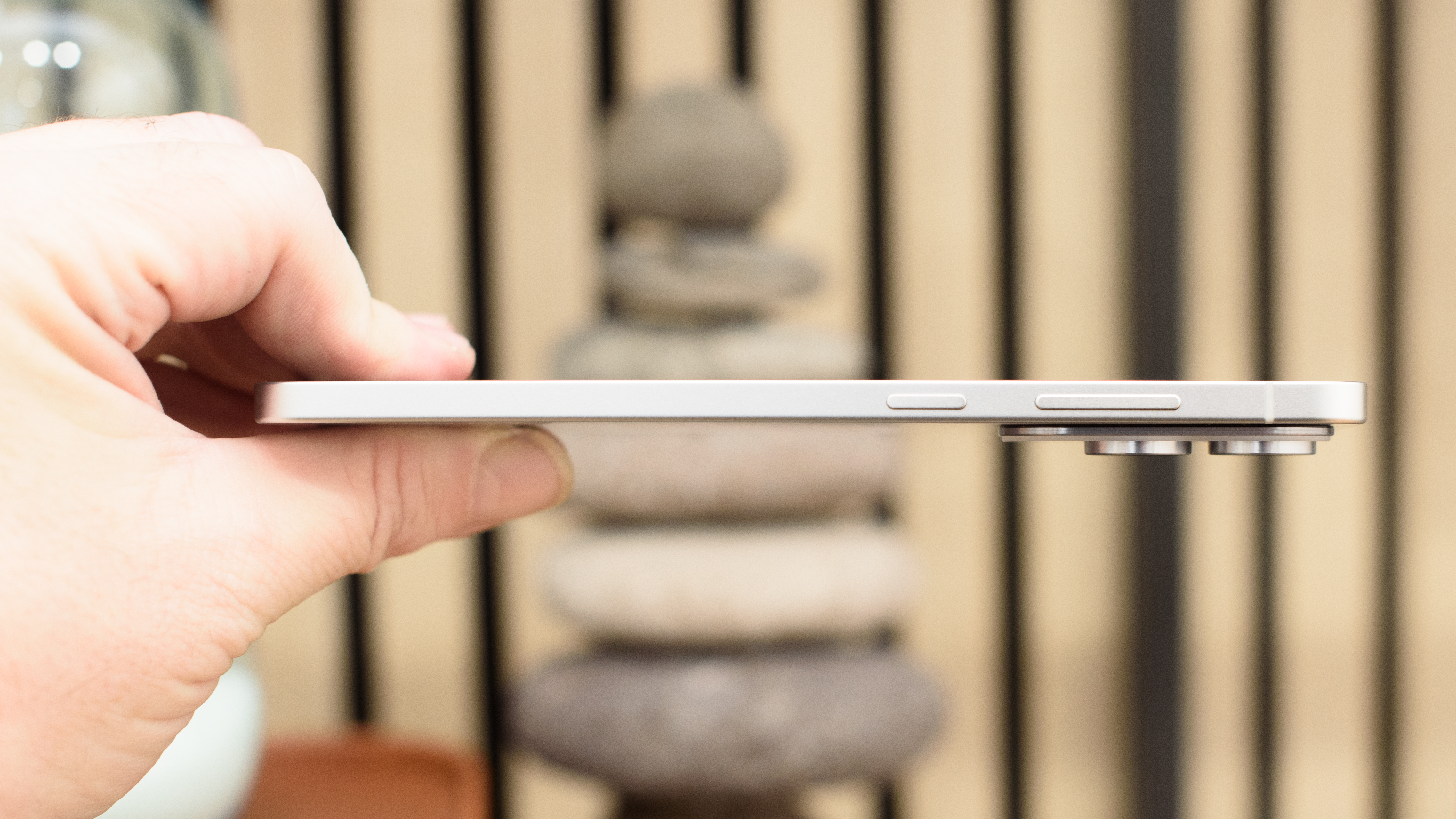
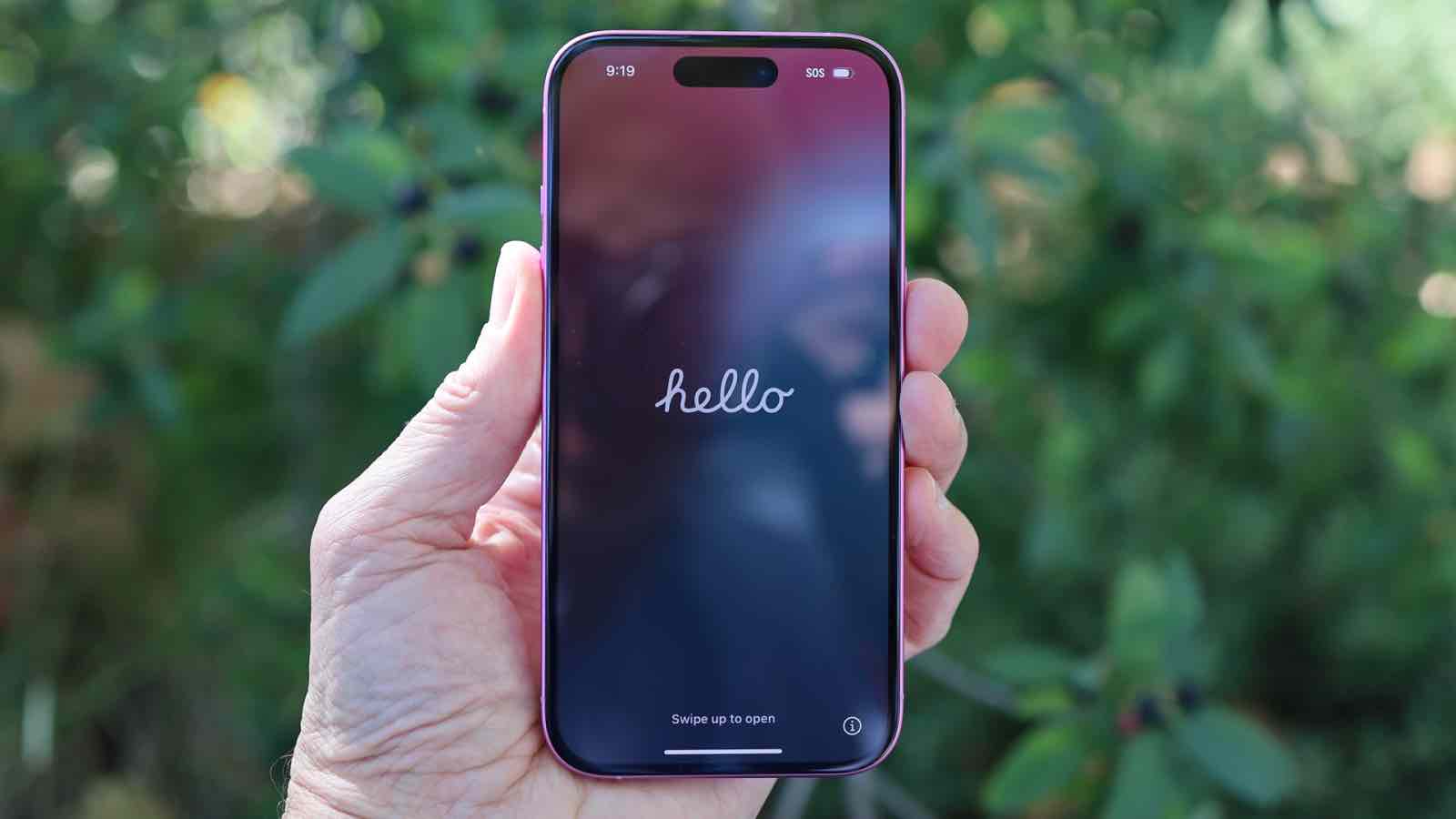
There aren’t too many similarities between these two phones visually – the iPhone 16 has curvier corners for example, and a much larger cut-out in its screen. Though both phones have flat displays and glass backs. Both also have metal frames, though while the Samsung Galaxy S25 Edge uses titanium, the iPhone 16 uses cheaper aluminum.
Their camera blocks look superficially similar, with a pair of lenses housed in an oblong block, but with Samsung’s phone the flash is also in that block, while on the iPhone it’s off to the side.
Both phones do have an IP68 rating for water and dust resistance, but their dimensions and weights are very different. The Samsung Galaxy S25 Edge is 158.2 x 75.6 x 5.8mm and 163g, while the iPhone 16 is 147.6 x 71.6 x 7.8mm and 170g. So the Edge is taller and wider but far slimmer and 7g lighter.
Their colors also differ of course, with the iPhone 16 colors including Black, White, Pink, Teal, and Ultramarine, while the Samsung Galaxy S25 Edge comes in Titanium Icyblue, Titanium Silver, and Titanium Jetblack.
As for their screens, the Samsung Galaxy S25 Edge has a 6.7-inch 1440 x 3120 AMOLED display with a 120Hz refresh rate and around 513 pixels-per-inch, while the iPhone 16 has a 6.1-inch 1179 x 2556 OLED screen with a 60Hz refresh rate and roughly 460 pixels-per-inch.
So Apple’s phone has a smaller, lower-resolution screen with a lower refresh rate. It’s still not a bad display though, with our iPhone 16 review saying it “offers a vibrant screen that is great for myriad tasks indoors or outdoors.”
Samsung Galaxy S25 Edge vs iPhone 16: cameras
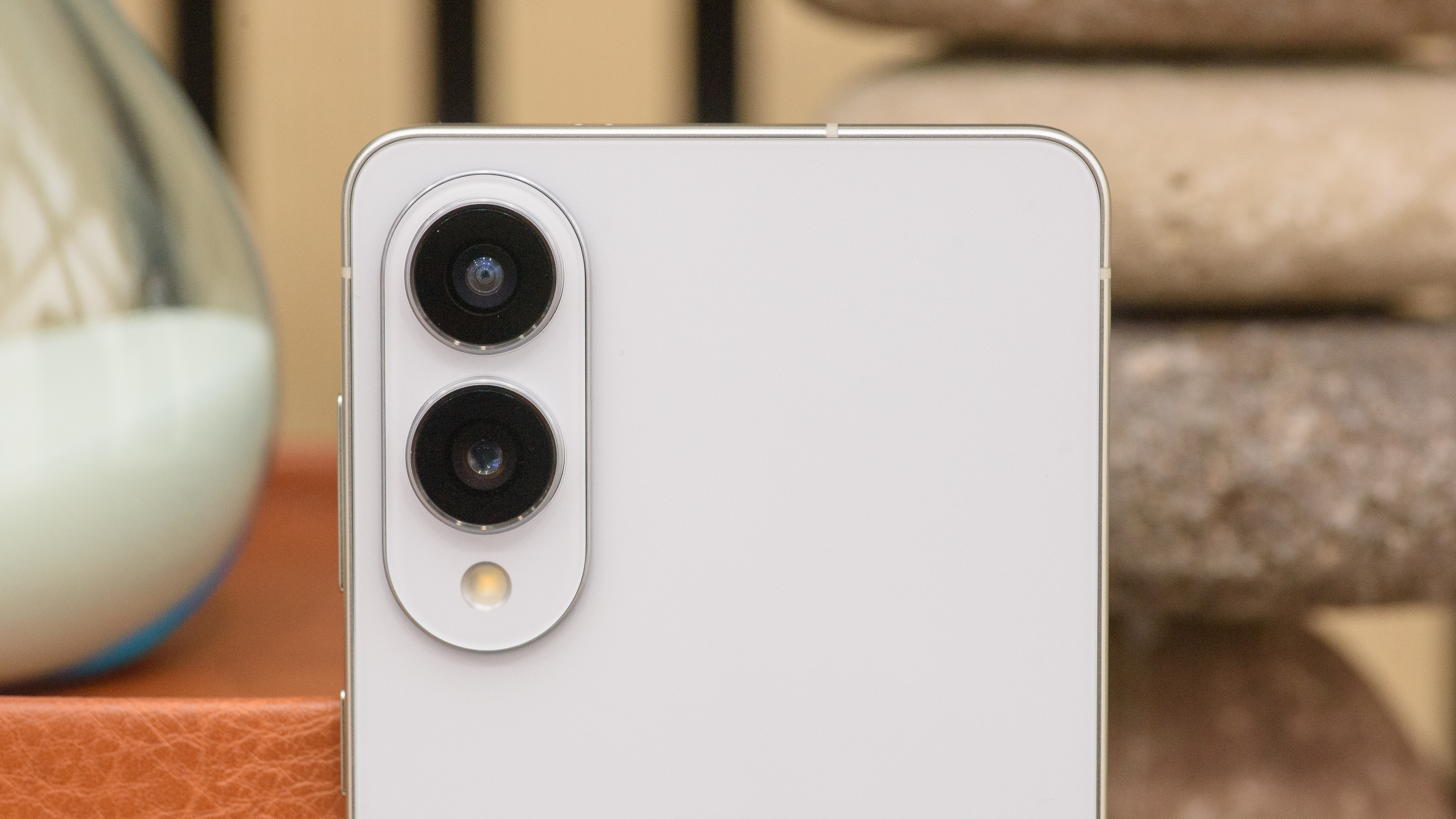
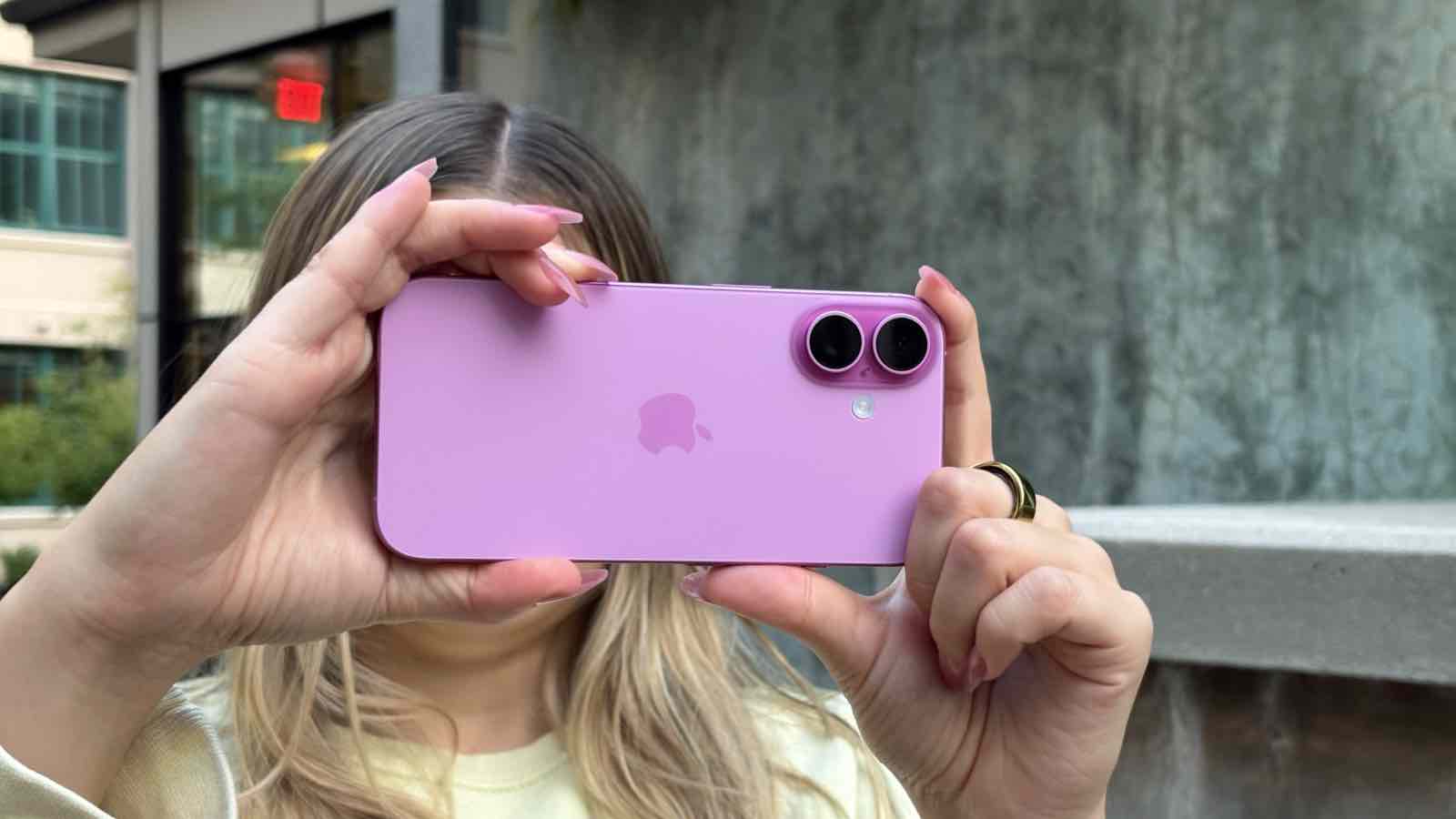
The Samsung Galaxy S25 Edge and iPhone 16 both have two rear cameras, but their specs differ a bit. On the Samsung Galaxy S25 Edge you get a 200MP f/1.7 main camera, a 12MP f/2.2 ultra-wide, and a 12MP f/2.2 front-facing camera, along with support for 8K video recording.
On the iPhone 16, there’s a 48MP f/1.6 main camera, a 12MP f/2.2 ultra-wide, and a 12MP f/1.9 front-facing camera, along with video recording at up to 4K quality.
So video resolution aside, the main specs difference is the number of megapixels in the main sensor, with the Galaxy S25 Edge having far more. That doesn’t necessarily mean it’s the better camera. And we won’t know whether it is or not until we’ve completed a full review of the phone, but in the case of the iPhone 16 we said it that it has “an excellent main camera and a good ultra-wide.”
And of course, with the iPhone 16 you’re also getting a Camera Control button, which gives you a hardware button you can use to take photos, record videos, and change camera settings.
Samsung Galaxy S25 Edge vs iPhone 16: performance and software
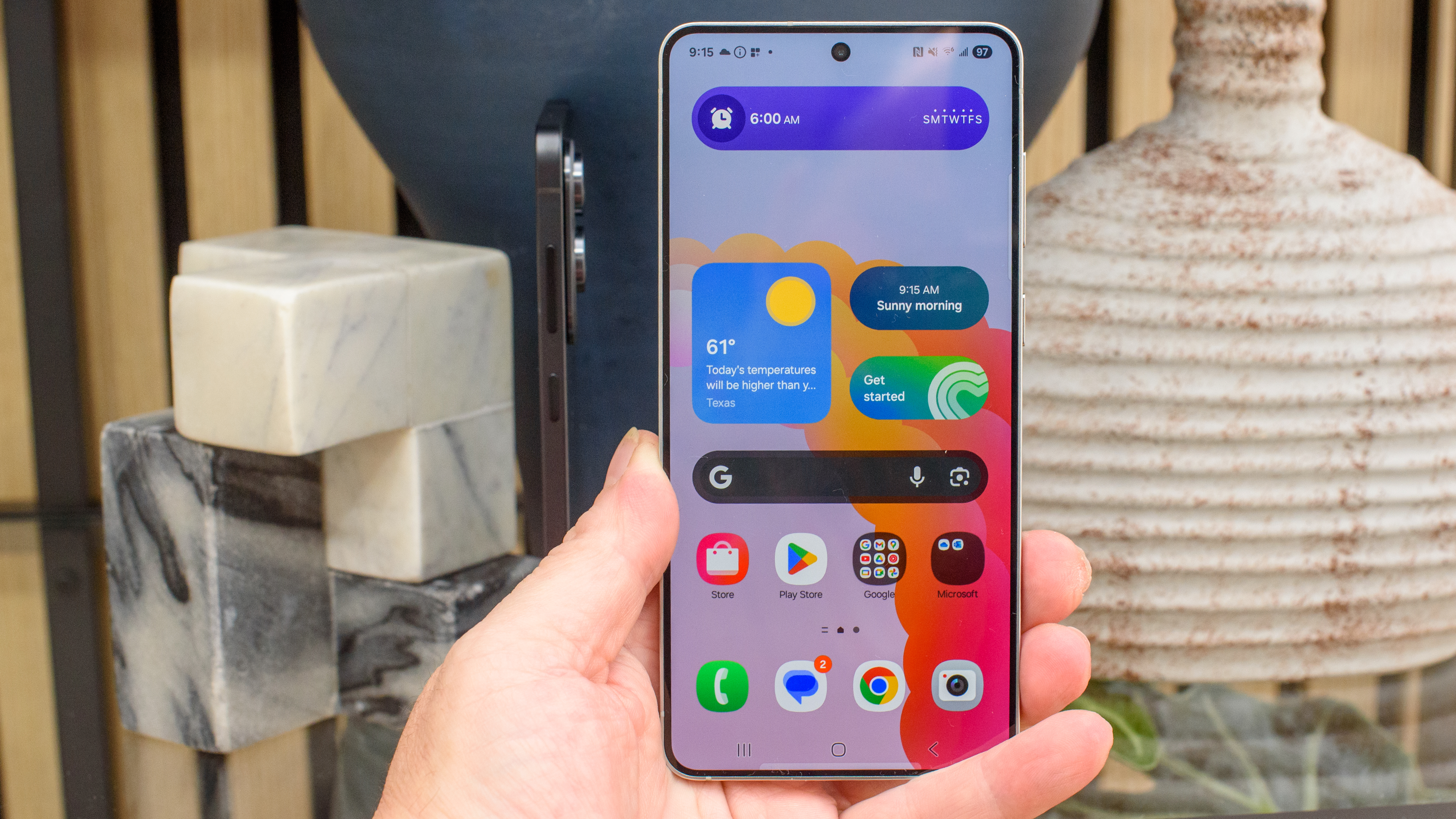

The Samsung Galaxy S25 Edge has a top-end Snapdragon 8 Elite chipset, 12GB of RAM, and up to 512GB of storage. The iPhone 16 on the other hand has a high but not quite top-end Apple A18 chipset, 8GB of RAM, and up to 512GB of storage.
So for both RAM and chipset, the Samsung Galaxy S25 Edge should have a slight advantage. That said, the iPhone 16 is no slouch, with our review saying that it has “plenty of power, likely for years to come.”
There’s a bigger difference when it comes to software, as while the Samsung Galaxy S25 Edge runs Android 15 (with Samsung’s One UI 7 customizations), the iPhone 16 runs iOS 18.
So you’re getting rather different operating systems on these two phones, and access to different app stores. But which is best really comes down to personal preference.
Samsung Galaxy S25 Edge vs iPhone 16: battery
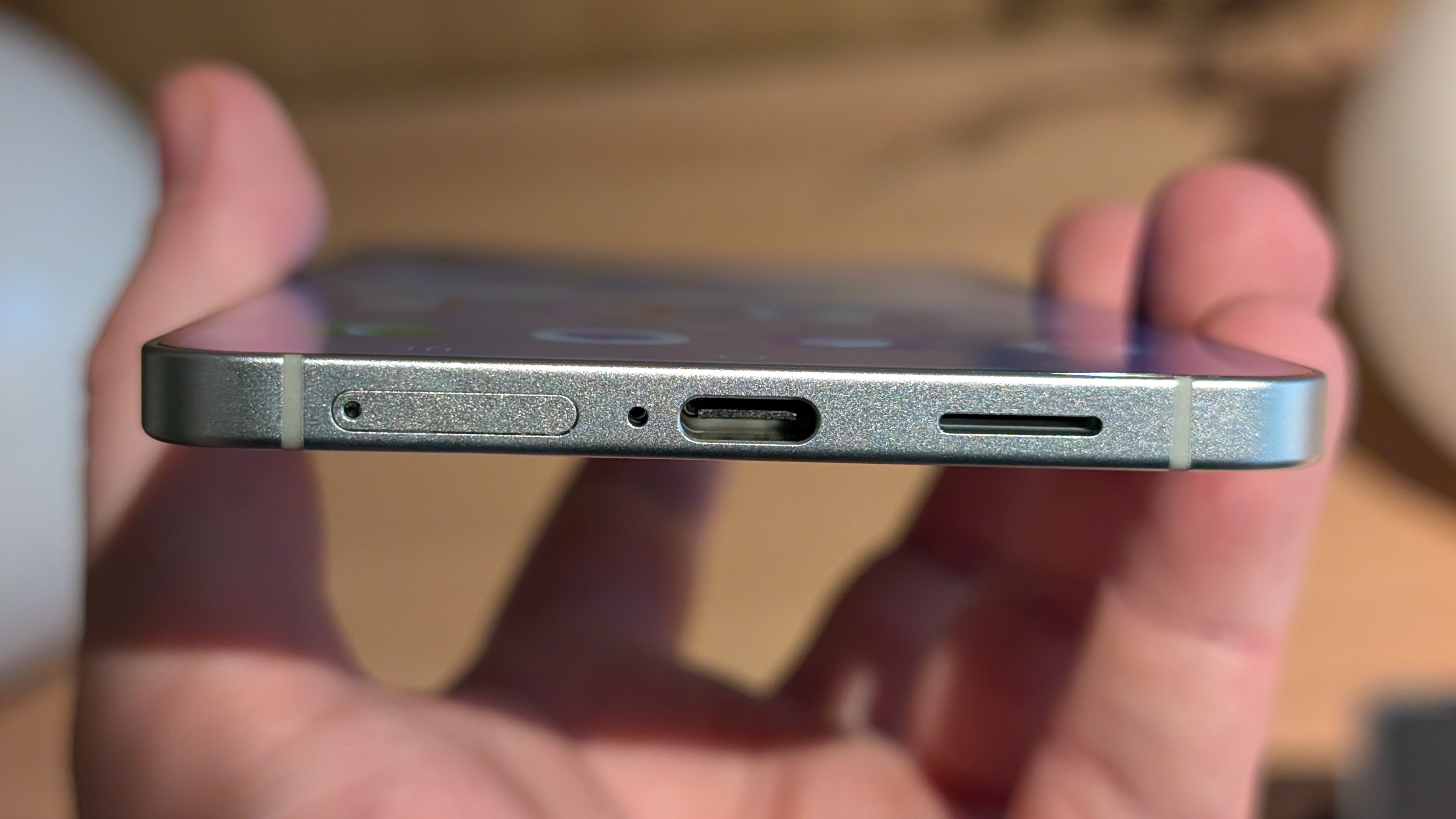
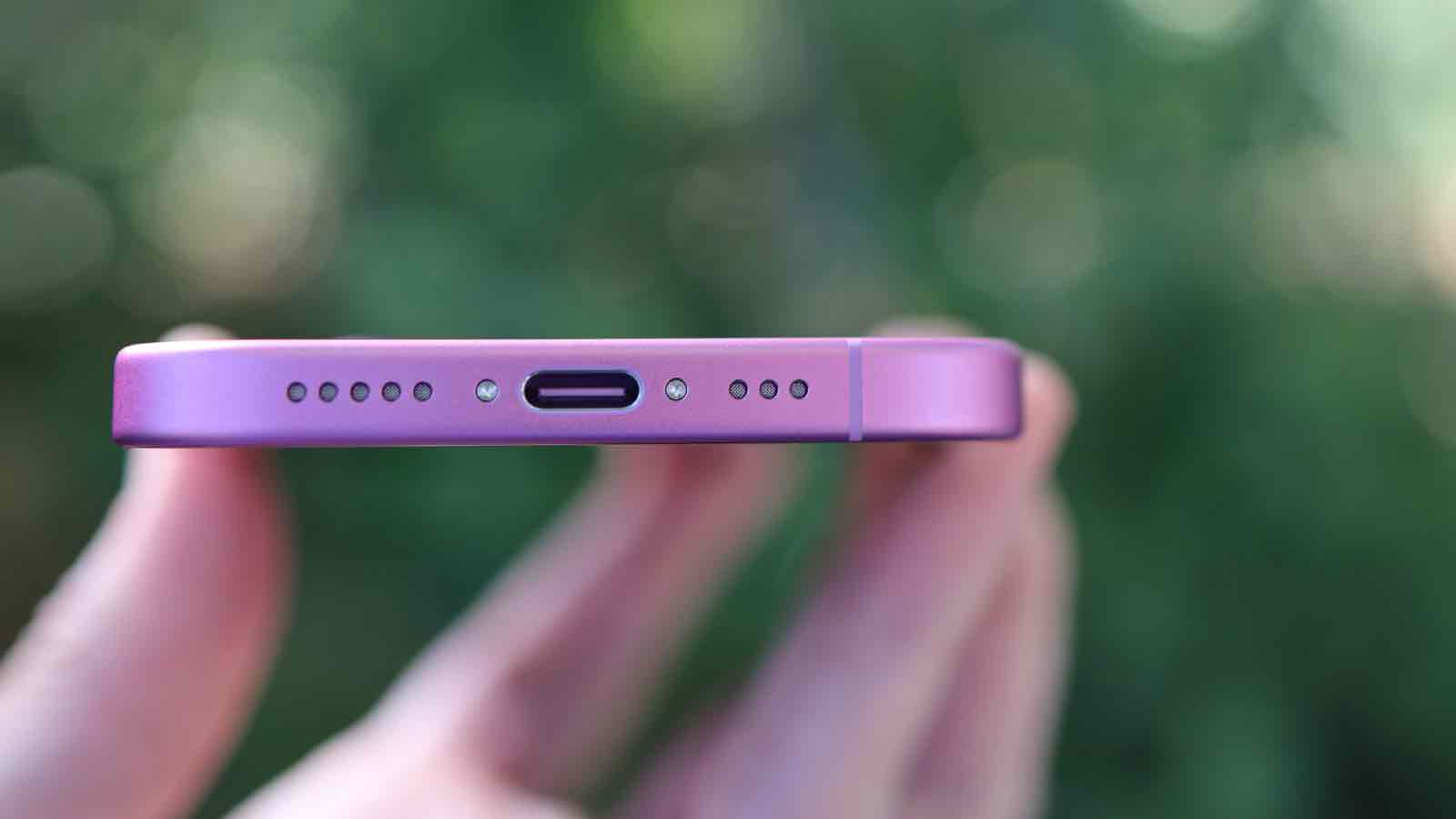
Neither of these phones have particularly big batteries, with the Samsung Galaxy S25 Edge having a 3,900mAh one and the iPhone 16 having a 3,561mAh one. Remember though that the Galaxy S25 Edge has a much bigger screen to power.
As for how long they last, according to Samsung, the Galaxy S25 Edge should see you through up to 24 hours of video playback. The iPhone 16 according to Apple will last for up to 22 hours of video playback, so Samsung might have a slight lead here.
In our iPhone 16 review though we found that it delivered all-day life, so its small cell shouldn’t be a big issue.
For charging, the Samsung Galaxy S25 Edge can be powered up with 25W wired charging or 15W wireless, while the iPhone 16 supports 20W wired and 25W wireless charging.
Samsung Galaxy S25 Edge vs iPhone 16: verdict

The main factor when choosing between a Samsung Galaxy S25 Edge and an iPhone 16 is likely to be which operating system you prefer, but if you’re open to either then there are some other key differences.
The Samsung Galaxy S25 Edge has a bigger screen yet it’s slimmer and lighter. It also has a higher refresh rate, more megapixels in its main camera, and likely slightly more power and battery life.
Going by the on-paper specs there’s no major advantage to the iPhone 16 unless you want a compact phone, but it matches the S25 Edge in a number of ways – including its ultra-wide and selfie camera specs. And of course, the iPhone 16 is also a fair bit cheaper than Samsung’s super-slim smartphone.
You might also like
James is a freelance phones, tablets and wearables writer and sub-editor at TechRadar. He has a love for everything ‘smart’, from watches to lights, and can often be found arguing with AI assistants or drowning in the latest apps. James also contributes to 3G.co.uk, 4G.co.uk and 5G.co.uk and has written for T3, Digital Camera World, Clarity Media and others, with work on the web, in print and on TV.
You must confirm your public display name before commenting
Please logout and then login again, you will then be prompted to enter your display name.